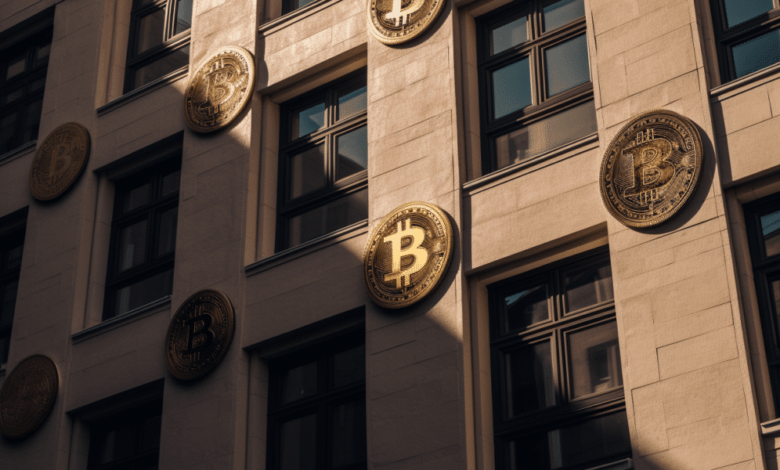Bitcoin: Are traders having misgivings about BTC’s future?

- Open Interest in BTC declined as investors fled.
- MVRV ratio surged, indicating profitability for addresses.
Bitcoin’s [BTC] price has remained stagnant over the last few days causing uncertainty in the market. Due to this, traders have started to shy away from BTC.
The Open Interest in Bitcoin experienced a notable decline in recent days, signaling a reduction in market participants’ active positions. Investors were consistently reducing their exposure to Bitcoin, opting instead for more cost-effective alternatives.
Losing open interest
The decline in Open Interest for Bitcoin, coupled with investors actively reducing their exposure and seeking cheaper alternatives, could have several negative implications for Bitcoin.
Firstly, a decrease in Open Interest may indicate diminishing confidence among traders and investors, potentially leading to a lack of buying interest. This reduced demand could contribute to downward pressure on Bitcoin’s price.
Moreover, if investors are shifting their focus to alternative assets, it could divert liquidity away from Bitcoin, affecting its overall market activity and liquidity.
Additionally, the perception that investors are seeking cheaper alternatives might suggest a preference for assets with better short-term potential or lower risk, potentially eroding Bitcoin’s standing as a primary investment choice.

Source: glassnode
Minor bumps in the road
As of press time, the price of BTC stood at $43,361.83, reflecting a 2.88% increase in the last 24 hours. This growth consequently led to a rise in the MVRV (Market Value to Realized Value) ratio.
The escalating MVRV ratio implied that the addresses holding BTC were in a profitable position. While this profitability might incentivize holders to consider selling their holdings, aiming to capitalize on gains, it could potentially introduce selling pressure on BTC.
Additionally, there was an expansion in the long/short difference for BTC, indicating that long-term holders outnumbered short-term holders.
This shift in the balance between long-term and short-term holders may suggest a prevailing sentiment among investors to hold onto their BTC for an extended period rather than engaging in short-term trading.
Read about Bitcoin’s price prediction for 2024
A higher proportion of long-term holders may contribute to increased price stability over time. Long-term holders are typically less reactive to short-term market volatility, potentially mitigating the impact of sudden sell-offs and providing a more resilient market structure.
On the flip side, if a large number of long-term holders decide to sell their holdings simultaneously, it could lead to increased selling pressure in the market.

Source: Santiment





